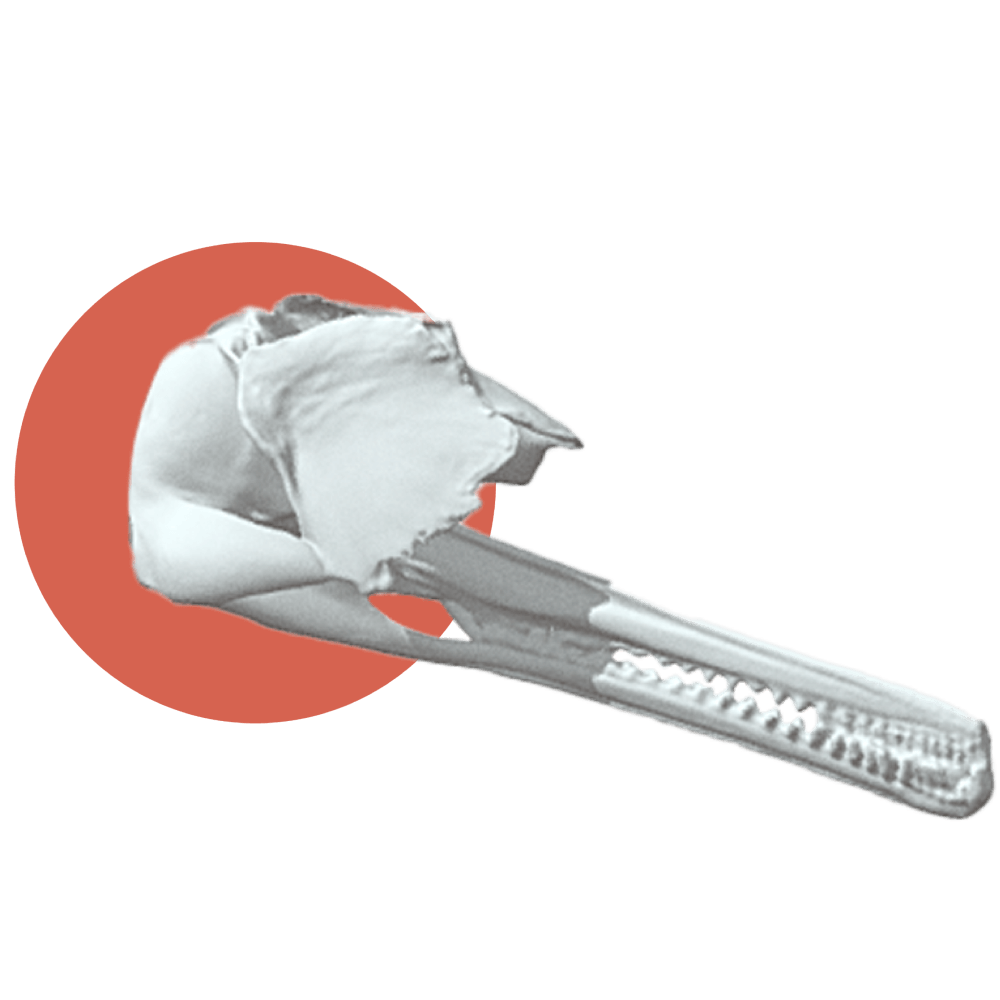Why conserve the dolphins?
Ecological importance

They are the apex predators of the rivers in which they inhabit, at par with the Gharial Gavialis gangeticus. Nevertheless, the stretches that are protected for the Ganges river dolphins will invariably be a refuge for the other species that are sensitive to human activities. Other aquatic dependent species such as turtles and birds may also thrive in these protected stretches as it will have minimum human mediated disturbances that tend to distort the natural behavior of these species. The intensity benefit to the other species is, however, proportional to the area conserved, for larger area conservation promises protection of multiple microhabitats that will ensure protection of species that occupy different microhabitat niches.
Socio-economic importance

The Ganges river dolphin presence coincides with the prime fishing grounds, and this sustains a large proportion of the riverine communities – the fishers. Creating conservation areas for the Ganges river dolphins also promise a refuge area for the fish, that will eventually replenish the fish stock in the overfished areas – in a way also benefitting and promising a long-term fish stock for the fishing communities of the adjoining villages.
Biological importance

Among the river dolphins, Platanista are also the only one group that are not suction feeders, but instead adopted to be long-snouted snappers like the Gharial. They are also distinct, as they have a side-swimming mechanism, and along with other features are stated to be the “greatest total of modifications seen in any cetacean (Miller, 1923, p.41)”. The Platanista are also one of the two species that are blind and rely on their acoustic communication skills to navigate, forage and other day-to-day activities.
Evolutionary importance

The Ganges river dolphins are a distinct group of cetaceans. The Genus to which these dolphins belong to – Platanista is reported to have been marine earlier. However, after the delphinoids (the present day marine dolphins diversified and spread, the Platanista occupied the fresh water habitats, evolving eventually into the present day Ganges river dolphins. These dolphins, are hence, suggested to be a basal group in the evolution (Sahni and Koenigswald 1997), even before some of the beaked whales evolved. Genetic studies through SINEs suggested that the Platanista lineage is ancient and that this genus is the only living member of this once diverse clade. The presence of most of the features of the Ganges river dolphins in the ancestor of all extant whales (even in baleen whales) and Archaeoceti (“ancient whales”), the Ganges river dolphins are possibly the oldest extant lineage of cetacea which probably qualifies a designation of ‘‘living fossils.’’
Previous slide
Next slide

